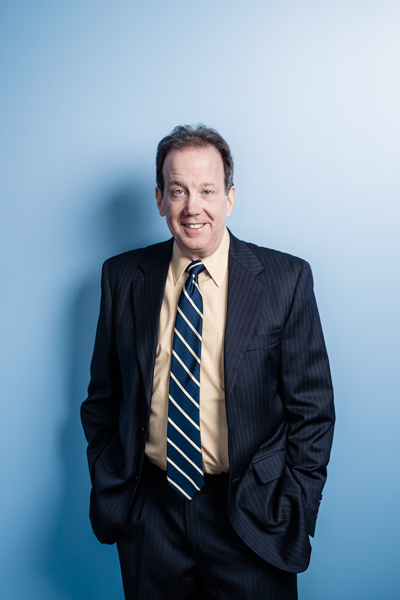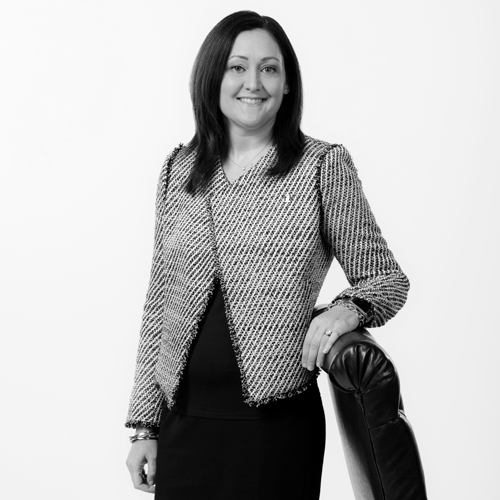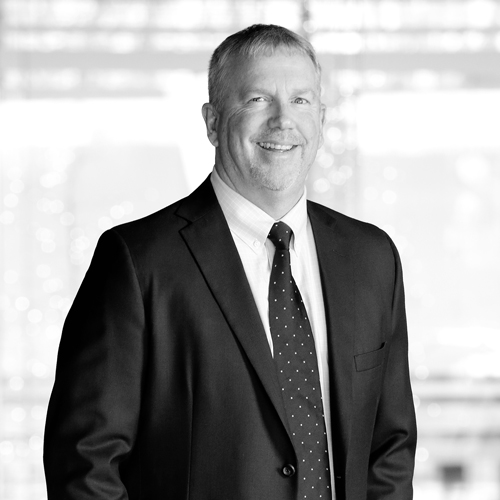From a legal and compliance perspective, it’s a daunting and complicated task to run a global business. Not only do other countries have rules and regulations that do not necessarily sync with the country where a company is headquartered, but there are also employees, business vendors, and consumers in those countries who have a diverse range of needs and interests.
Someone intimately familiar with this is Ed Attanasio, vice president of legal and compliance at Sanmina Corporation. The publicly traded company—based in San Jose, California—provides electronics manufacturing services from eighty sites located in twenty-seven countries on six continents, employing sixty thousand people.
The company manufactures a broad variety of components for customers in aerospace, defense, communications, medical (devices such as glucose meters, MRI machines, molecular diagnostics, blood separation and handling equipment, and more), clean energy technology, computing and storage, oil and gas, and automotive industries. Sanmina makes electronics for elevators, in-flight entertainment, sound equipment, and other large, sophisticated systems.

Broadly speaking, Attanasio is the head of litigation and compliance, managing everything related to human resources and internal investigations. But he also serves as a member of the compliance committee and advises management on corporate functions, including finance, HR, and sales. He is Sanmina’s primary legal advisor for Asian operations in Singapore, China, Hong Kong, Thailand, Malaysia, Indonesia, and India, which includes collective bargaining in those countries.
Despite all of that complexity, Attanasio is able to boil down his approach to the job into simple terms. “What we do legally is in line with our sense of social responsibility,” he says. “A lot of that is driven by customer pressure, because most regulation reflects the will of the people, which includes our customers and, just as importantly, their customers.”
Those pressures can relate to environmental and human rights considerations. He cites how conflict minerals have become an issue among multinational manufacturers, as well as labor sourcing and human trafficking. What might be acceptable in one country is not necessarily elsewhere. Managers at companies such as Sanmina have to take it all into account and act accordingly. “Our customers are concerned with the entire supply chain,” Attanasio says.
Consider also how Sanmina’s many and varied customers have separate and detailed federal regulatory requirements: the Food and Drug Administration for medical devices; the Federal Aviation Administration and Department of Defense for complex mission-critical avionics, communications, control, and security systems; the Environmental Protection Agency for circuit board production, and product design, assembly, machining, repairs, maintenance work in the company’s oil and gas sector; and the Occupational Safety and Health Administration’s jurisdiction over Sanmina’s sizable US workforce, which also includes factories in California, Alabama, New Hampshire, and Wisconsin.
But the real driving forces for most of Sanmina’s compliance, much of it under the eyes of Attanasio, are the companies that buy its products. “Customers need us to not have problems,” he says. “For example, with Defense Department work, there are executive orders that must be followed. But where customers insist on something, it’s a more powerful motivator than the regulators.”
Over the years, Attanasio has mastered this customer-centric approach, creating long-lasting business partnerships in the process. “When Ed calls, I know we’ll be working with him and not just for him. The result is a more informed analysis, with sound decision-making, and ultimately, a better outcome,” says Mike Lieb, partner at Ervin Cohen & Jessup LLP.
Although regulatory agencies are able impose crippling fines, it’s how customers respond—by renewing or canceling contracts—that have a major impact on business, Attanasio says.
“My job is to educate executives on this point,” he says. “We have to look at what is in our best topline interests. More and more, that’s become, ‘Are we complying with government regulations and industry standards?’”
Attanasio doesn’t come into this role as lawyer-salesman-PR person by accident. He has a résumé that informs his sense of ethics, of business, and of where things can go wrong.
“I started out as an ethicist in my first firm,” he says of his work in a Los Angeles-based law firm where he worked thirty years ago. The firm handled litigation of securities fraud and accountants’ liability, something that prepared him for assignments a few years later with EOTT Energy Corporation, where he was the senior corporate counsel of the publicly traded energy pipeline company. EOTT was the general partner of a master limited partnership affiliate of Enron Corporation, the energy and commodities company that famously filed for bankruptcy after it was found to have engaged in systematic and creatively planned accounting fraud.
He observed that while Enron was doing things poorly, it was also doing a lot of things right. “Enron was very good at environmental and human resources compliance,” he says. “The bad actors were in finance.”
It was that laxity and fraud, on a grand scale, that also led to the federal set of rules now known as Sarbanes-Oxley. This legislation affects financial decisions made by every publicly traded corporation. It also provides Attanasio with a philosophy that has guided his work ever since. “If a lawyer wants to avoid problems, he or she needs to get ahead of it to prevent trouble from happening in the first place,” he says.
That is not at odds with the way most people and companies work, he acknowledges. But the problem takes on a different cast when the lawyer becomes a “Dr. No,” as he describes it. “I have to convince people I’m not just about compliance,” he says. “As business lawyers, we have to figure out what is acceptable risk based on experience and data, quantitative and qualitative.”
Attanasio says the smart thing is to get such decisions out of the gray area. “Ninety-nine percent of decisions should be based on probabilities,” he says, adding that costs can be factored into that equation. “I always want to show the benefit of doing something, like how much money we save when we do what’s ethical.”
That usually requires assessing a complex set of factors. But the end goal—and what motivates it—is fairly straightforward. It’s doing the right thing.
Photos: Winni Wintermeyer
Anker Sorensen, partner at De Gaulle Fleurance & Associés, congratulates Ed Attanasio for his creative and pragmatic contributions to solving Sanmina’s complex legal issues in France. “We are proud to serve as counsel to Ed and Sanmina.”
Jackson Lewis P.C. values our relationship with Edward Attanasio, and we congratulate him on his well-deserved recognition. We are proud to have been of service to Sanmina during its period of growth and expansion. Like Sanmina, Jackson Lewis has built its reputation by providing excellent service to our clients.

